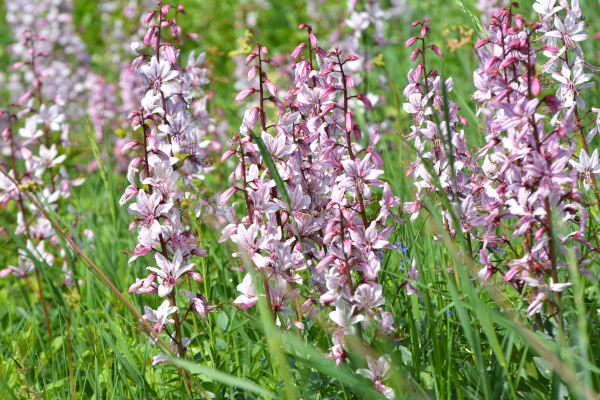How to grow Dictamnus
Dictamnus is a very small genus with just two accepted species.
Native to temperate Eurasia from Sothern Europe through North Africa and Asia taking in Spain to China they and are in the family Rutaceae.
Dictamnus are clump forming, woody based, aromatic perennials unlike its shrubby cousins within the Rutaceae family such as all Citrus plants (grapefruit, orange, tangerine, lemon, lime, kumquat). The herb Ruta is probably its closest similar relative.
The common name for Dictamnus ‘The Burning Bush’ or ‘Gas Plant’ is given because its unripened fruits and flowers contain an aromatic volatile oil, which may be ignited in hot weather emitting a delicious citrus aroma. Don’t panic its not going to self-combust! – well it might be possible in a much hotter country than the U.K. I cannot see any evidence of this happening anywhere except Africa and still it’s pretty rare.
In absolutely the correct conditions, hot, dry and still, a match held below the flower spike on a still night will ignite a burst of vapour in a quick flash.
The oils in all parts of the plant, are used to deter insects from eating them as well as keeping the plant cool the biological equivalent of sweating.
The oils in all parts of the plant, are used to deter insects from eating them as well as keeping the plant cool the biological equivalent of sweating.
Dictamnus prefer hot, dry sites where it will reward with plumes of showy Gaura shaped 5 petalled flowers with long stamen on multiple erect flower stems up to 1.2m tall, similar in looks to how a delphinium grows. The long lasting flowers are either white or pinky purple with a fresh, soapy fragrance.
*The oils from all parts of Dictamnus are Toxic to skin for humans and pets with sunlight. Wear protective equipment when handling.
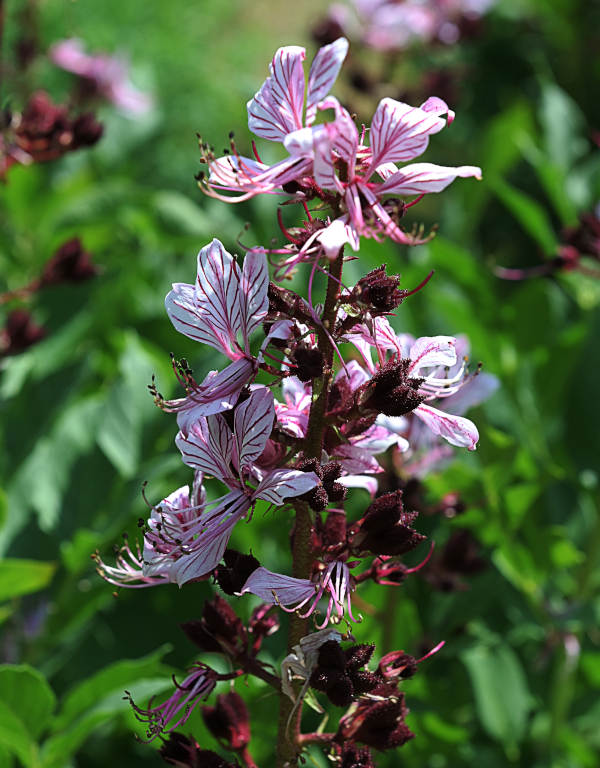
Zantedeschia is a genus of flowering plants from the family Araceae and is native to southern Africa. With a rich history dating back to the Ancient Romans, these deciduous or semi-evergreen perennials have been used as a symbol of celebration. Zantedeschia was Named after Professor Giovanni Zantedeschia, an Italian botanist.
There are two main forms of Zantedeschia: hardy and tender. Hardy forms of the plant can be grown outdoors, enjoy moist soil and full sun or partially shaded conditions - these are known as Arum lilies. Tender forms of Zantedeschia prefer being grown in containers or pots and should be brought inside over the winter - these are known as Calla lilies.
With tuberous flora in all colours from whites, yellows and oranges to deep reds and purples, Zantedeschias are not to be overlooked in any garden, as long as they have sufficient sunlight to grow in.
Ready to learn more about growing Zantedeschia? Read on for all there is to know...

Key Information
Soil pH
Position
Hardiness

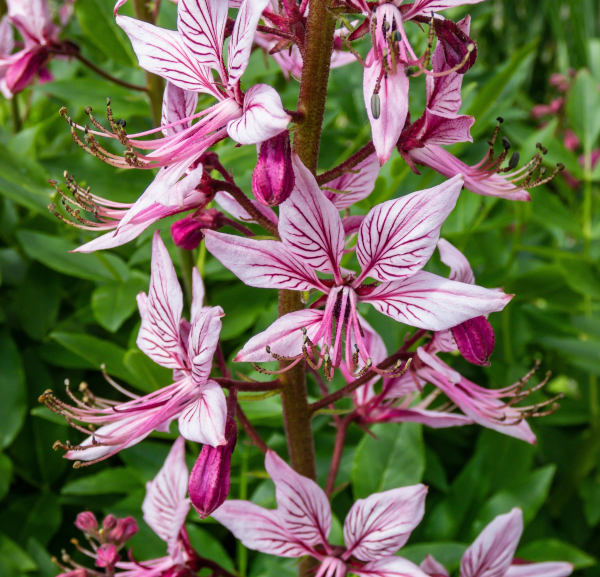
Where & when to plant Dictamnus
Here we list out the most popularly cultivated species and hybrids available in the U.K.
| Species | Common name |
HARDY – cold winter (H6/ -15°C to -20°C) Grow anywhere in the UK | Dictamnus albus | Burning Bush, Gas Plant, Dittany, Fraxinella |
Dictamnus dasycarpus (Rarely found in the UK) | Chinese dittany |
Position - Full Sun / Part Shade / Sheltered location.
Soil - Dry, light, free drained, fertile soils.
Flower - Early Summer June to August
Dictamnus can be planted all year around when purchased grown in pots.
If container grown plants are planted out during the active summer growing season make sure that plants are watered regularly until the plant has settled into its new location. Water at soil level rather than the foliage.
Choose a site that has fertile yet well drained soil in full sun or part shade. Dictamnus can cope with fairly poor soil too.
The sap from the leathery leaves, if it comes in contact with skin, can burn in sunlight, so please wear suitable clothing to protect yourself.
How to plant Dictamnus
- For planting in the garden, dig the soil area removing any large stones and weeds and breaking up any lumps. Mix in some organic matter, ideally leaf mould, though manure or garden compost are also fine. Rake level and firm with your heels. Rake level again.
- Water plants well and allow to drain before planting.
- A good tip is to dig a hole twice the size of the root-ball. Fill with water and allow to drain before placing in the plant which is especially good for summer plantings.
- Remove the plant from its pot placing the plant in the hole, ensuring the top of the root ball sits level with the surface of the soil. Too low and the plant may rot, too high and the roots can dry out.
- Backfill with soil and firm in gently with your foot.
- Soak soil well with water.
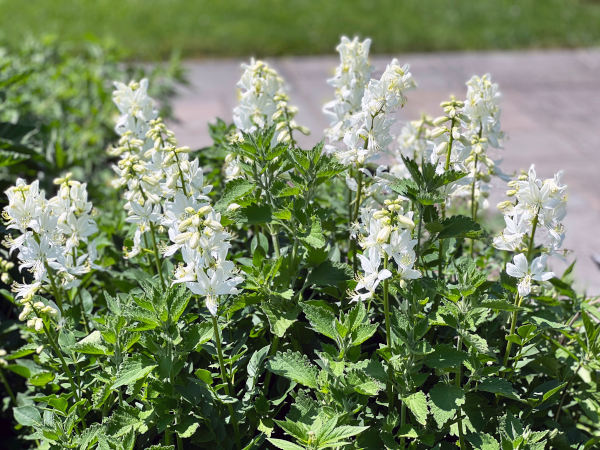
What to plant with Dictamnus
Outdoors, plant alongside plants with different shaped or coloured foliage as a contrast whilst also making sure nearby plants have interest when Dictamnus are less so.
Try Allium, Campanula, Eucalyptus, Fatsia, Geranium, Iris, Lavender, Teucrium, Veronica, Ferns and Grasses.
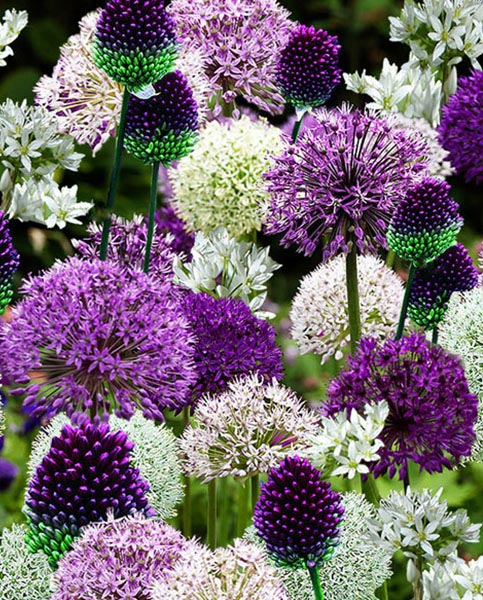
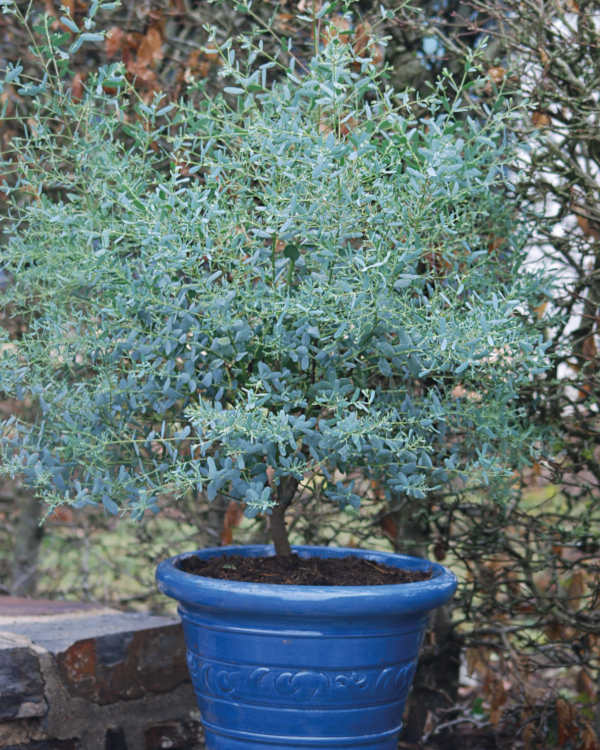
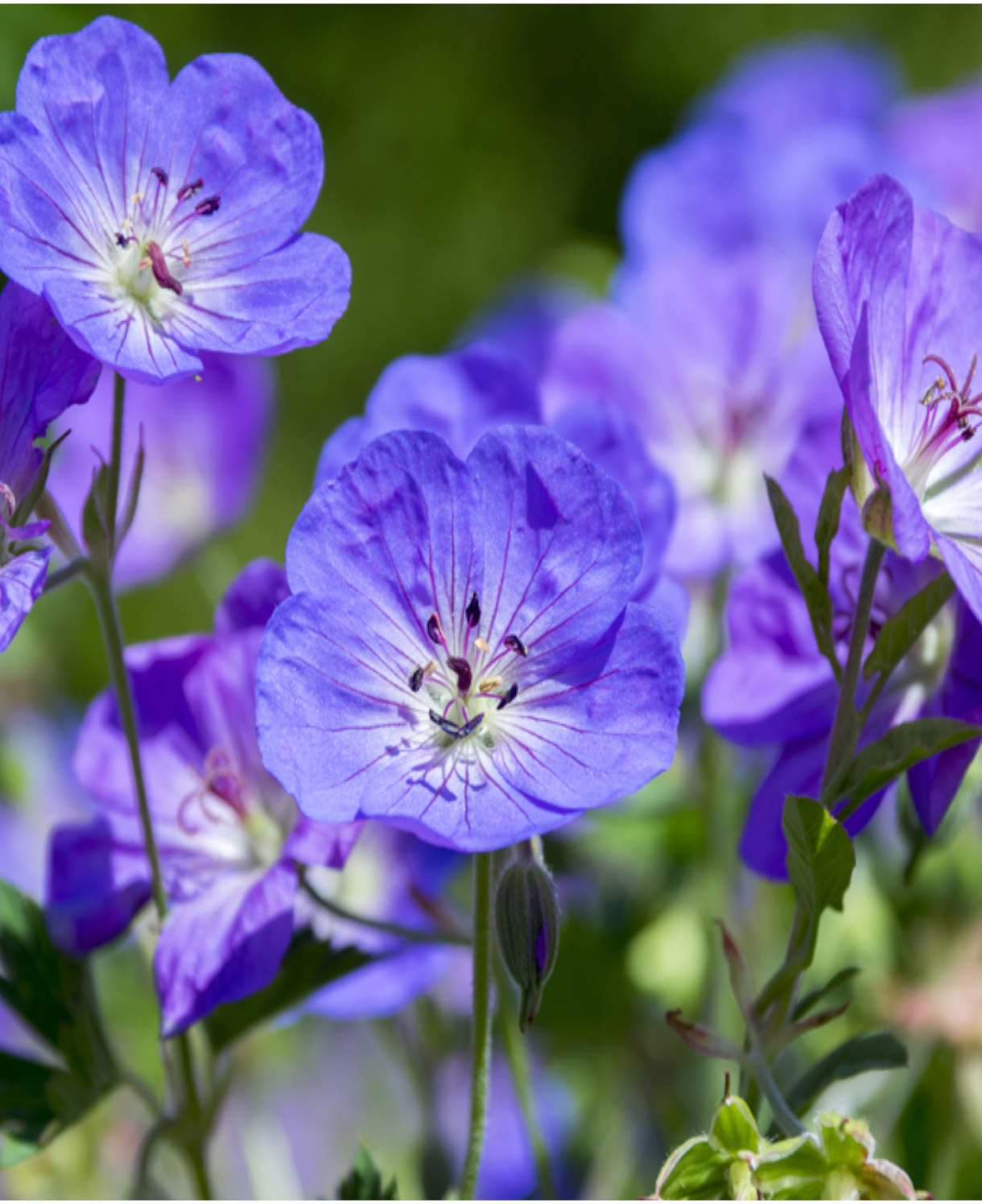
How to care for Dictamnus
Pruning and Deadheading
Cut back to the woody base in autumn. Ensure you protect exposed skin from its sap.
Watering
Preferring well drained sites once established. In the U.K. it shouldn’t need much water.
On planting outside, they benefit from a good watering in on planting and then regular watering until established providing the soil feels and looks dry to touch.
Feeding
Dictamnus thrive in relatively poor soils so your plant should not need feeding. If your plant looks like it needs a feed, gristly check it isn’t overwatered and is happy in the location before applying a granular general purpose feed to the surface of the soil and lightly working in. This is known as a top dress and should be done when you’re mulching in spring – first apply the feed, then cover with the mulch.
Cold Protection
Dictamnus are hardy garden plants throughout the U.K.
Pests and Diseases
No need to worry Dictamnus are generally pest free.
How to propagate Dictamnus
How to propagate dictamnus
The recommended way to propagate Dictamnus is by seed.
In autumn when seed is ripe
- Fill seed tray with good quality seed compost. Level and firm with the base of another seed tray. Water well.
- Carefully scatter the seeds across the compost surface of the tray
- Cover the seed to their own depth with sand or grit.
- Cover tray with a sheet of glass or cling film to keep humidity within the sowing area.
- Place the seed tray in a light sheltered cold frame. Check a couple of times a week for signs of life and to ensure the compost is still moist and not saturated. Germination may take 2-3 months or even wait til spring. Protect against pests such as slugs, and mice.
- Once visible signs of growth can be seen begin hardening off the seedlings by removing glass or cling film for longer periods to allow ventilation. Start from 15 minutes and slowly work up to total removal over a couple of weeks. Protect seedlings from winter and spring weather extremes.
- Once seedlings are large enough to handle they can be pricked out individually and grown on.
* Many plants carry Plant Breeders Rights and cannot be propagated for commercial purposes.
**always protect skin contact with sap as this may cause burns in sunlight.
Common Dictamnus questions
Do Dictamnus spread?
No not really, they are a woody based perennial which will grow to 1.2m high and 50cm spread. Ideal for back of borders.
Are Dictamnus good to include in floral arrangements?
The curious, star-shaped seed pods, when dried, make an intriguing inclusion in arrangements.
